 |
| Everything You Need to Know About iPhone 6 and iPhone 6 Plus |
After Loads of leaks and never-ending
reams of assumption which proved mostly to be truthful, Apple unveiled iPhone 6
and iPhone 6 plus at Apple's California event on Tuesday. Apple succeeded to
keep most of the specifics about its hardware and software enhancements under cloaks.
Here's Everything You Need to Know About iPhone 6 and iPhone 6 Plus.
Screen Size
Undeniably the most chief difference is larger screens.
Apple, which has persistently declined to follow industry tendencies in the
past, has now apparently bowed to burden and gone in the direction that most
Android device makers have gone. The iPhone 6 has a new 4.7-inch 750x1334-pixel
screen, which is significantly bigger than the one on the iPhone 5s, while the
iPhone 6 Plus comes in at an even bigger 5.5 inches and 1080x1920 pixels. The
326ppi density stays the same on the 4.7-inch screen, even though Apple now
calls it a "Retina HD" screen, while the 5.5-inch model gets a substantial
bump up to 401ppi. The iPhone 5s and iPhone 5c both have 4-inch 640x1136-pixel
screens.
The bigger of the two new devices uses some software
features from the iPad line, and takes benefit of its extra screen space by permitting
more content on each screen. For the first time, you can use an iPhone completely
in landscape the home screen will rotate, but unlike on iPads, all the icons
stay in the same places. There's even an improved keyboard with devoted keys
for copy, cut and paste.
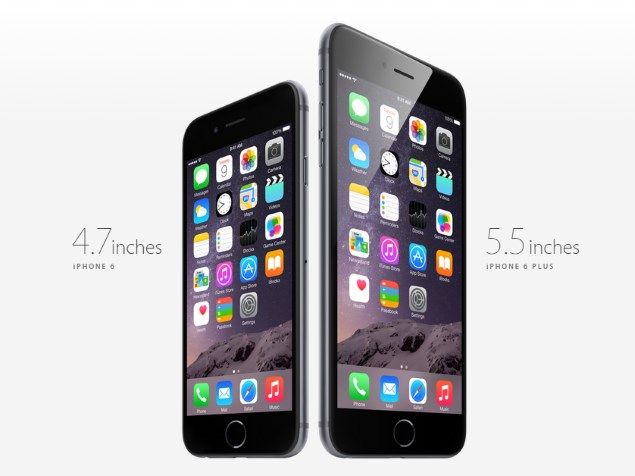 |
| iPhone 6 has a new 4.7-inch screen while the iPhone 6 Plus has even bigger 5.5 inches and screen. |
Power
Some might debate that the iPhone 5s was thin enough, and
that Apple should have used larger batteries as a substitute of reducing volume
further. The iPhone 6 promises up to 14 hours of 3G talktime while the iPhone 6
Plus is rated for an bewildering 24 hours. That's compared to 10 hours on the
iPhone 5s and 5c. Standby time remains the same 10 days on the iPhone 6, while
the iPhone 6 Plus can last up to 16 days on a single charge.
A lot of the power savings can be accredited to Apple's new
A8 SoC and M8 motion coprocessor. Apple has not revealed the chips'
specifications or speeds, but has promised 25 percent more CPU power and 50
percent faster graphics, along with remarkable power savings. The A8 is mass-produced
on a 20nm process and has 2 billion transistors. The iPhone 5s was the first
iOS device to use a 64-bit processor, last year's Apple A7, and also the first
to have a devoted motion coprocessor. The iPhone 5c uses the older Apple A6 SoC
which was presented with the iPhone 5 two years ago.
Dimensions
Certainly the larger screens mean that both models are
taller and wider than their ancestors, but Apple has made the most of that and
reduced thickness to pay compensation. The iPhone 6 and iPhone 6 Plus are 6.9
and 7.1mm thick respectively, as opposed to the 8.97mm of the iPhone 5c and
7.6mm of the iPhone 5s and 5, which had felt so much thinner than the 4S when
it first launched.
The power button on both models has been moved to the upper
right edge, which is stress-free to reach than the top.
Cameras
One zone in which Apple has not worried trying to catch up
to Android manufacturers is its cameras. In terms of raw resolution, we've got
the same 8-megapixel rating as before. Nonetheless, Apple says the sensor is
all new, and has been intended to lock focus much faster. A new "Focus
pixels" feature senses light intensity quickly, permitting the autofocus
to lock that much faster.
Apple also hypes improved color precision and more progressive
noise reduction algorithms. There is committed hardware for image processing. The
iPhone 5s camera doesn't have these new features but is still grander to the
iPhone 5c camera, which has a single LED flash.
The larger iPhone 6 Plus has optical image steadiness, which
actually adjusts the lens to compensate for shaky hands and sudden movements,
leading to sharper images and video. The iPhone 6 and 5s use digital stabilization,
which is a method of achieving similar results through software.
The front camera now ropes a burst mode and you can
panoramas up to 43 megapixels big with the primary camera, which uses the
phone's gyroscope to automatically line up the edges of each frame.
Networks
On the less dazzling side, the new iPhone 6 and iPhone 6
Plus have been upgraded with high-speed Wi-Fi ac support. They also work on
more LTE bands around the world - the total is now up to 20, including the TD
2300 band used in India. The iPhone 5s and 5c also support the Indian LTE band
but Wi-Fi n is the highest speed standard supported.
The two new iPhones gain VoLTE (voice over LTE) support and
carrier aggregation, which allows multiple bands to be used at the same time to
increase throughput.
NFC and sensors
Apple's new Apple Pay feature works using a combination of
NFC and fingerprints. You can tap your iPhone 6 or iPhone 6 Plus to a payment station
while holding your finger to the Touch ID sensor to approve payments. This
feature won't be available on older iPhones counting the iPhone 5s. The iPhone
5c lacks the Touch ID sensor, so transactions still need to be authorized with old-style
passwords.
There's also a new barometer, which helps health and fitness
apps track your movements. The new sensor allows recognition of altitude so the
device knows when you're walking and when you're climbing stairs.
Software
The new iPhone 6 and iPhone 6 Plus will come with iOS 8
preinstalled. The new OS introduces a number of features including Health, a
new app that helps track your activity and nutrition; Photos, an all-new photo
management and editing tool; more intelligent Spotlight searches; voice clips
in the Messaging app; an improved keyboard with suggestions; and loads of new
frameworks for developers to build on.
Most of these features should translate well to older iOS
devices, but some, such as Apple Pay, require specific hardware that older
products won't have.
Pricing and Availability
The iPhone 6 replaces the iPhone 5s at the $199 price point
(on contract in the US), but the iPhone 6 Plus comes in at a new $299 level.
These are the starting prices for 16GB models, and the increase is still $100
for each bump in capacity.
Fascinatingly, Apple has dropped the 32GB mid-tier models
and you'll now get 64GB at the same price. Another $100 will get you 128GB
instead of 64GB. Both models will be available in the same three colors as the
iPhone 5s: gold, silver and space grey.
The iPhone 5s will continue to be available in 16GB and 32GB
models. While the 16GB model drops to $99, the increase to 32GB will cost only
$50 more. Only the 8GB version of the iPhone 5c will remain available, but it
will be free on contract in the US.
Apple had primarily put a date of September 26 on its India
website, which seems to have been a mistake, as it has now been updated to show
October 17. It is not clear if this applies to the iPhone 6 Plus as well,
though this is unlikely considering reports of production issues that have forced
supplies. Pricing in Indian rupees is not yet known. Apple will most likely
announce prices and retail tie-ups in the week prior to the launch.

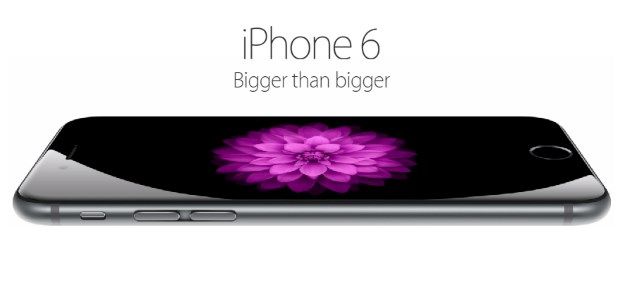
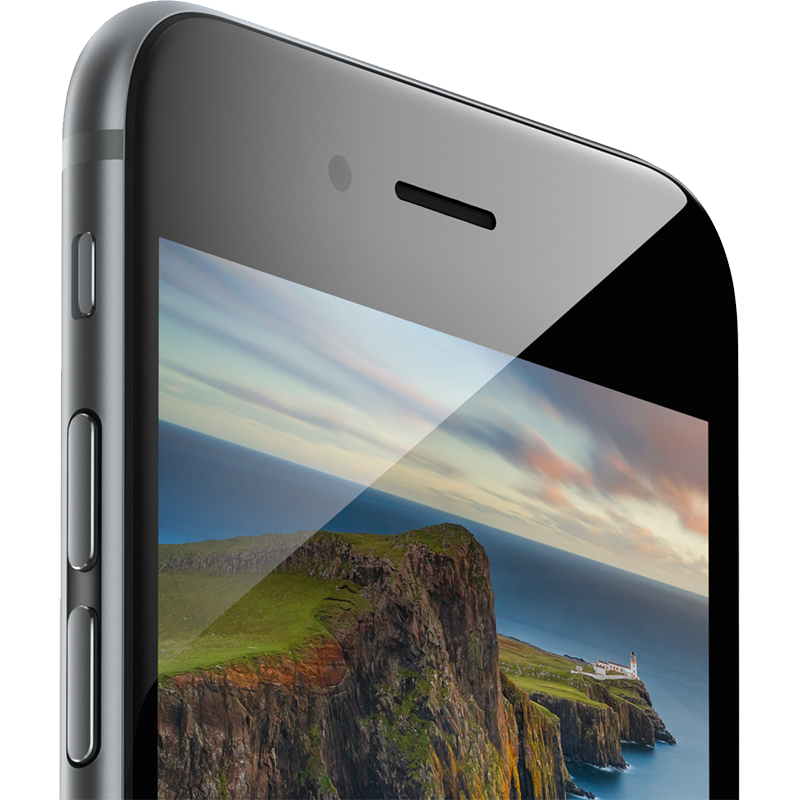

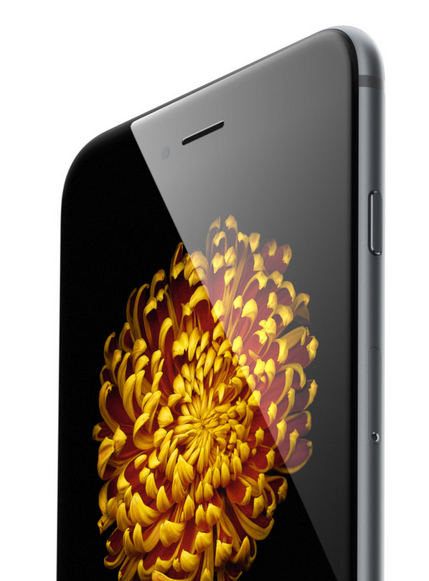
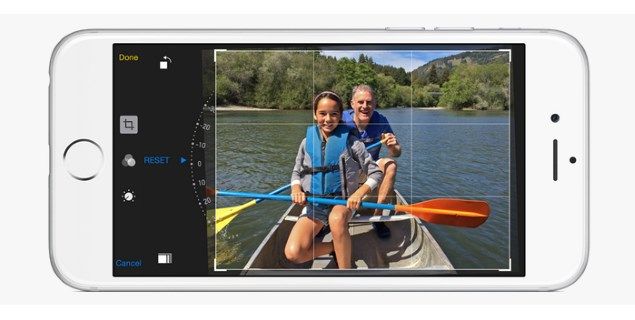
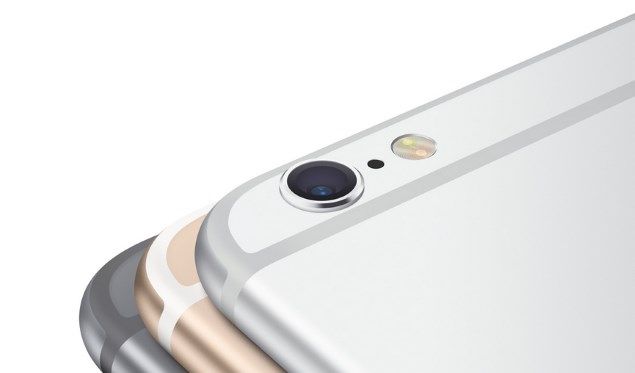

0 comments:
Post a Comment